Watching your baby grow and explore the world is a fascinating journey filled with delightful surprises. One of these exciting milestones is when your little one starts grabbing toys and putting them in their mouth — a normal developmental phase of sensory exploration.
Discover what these playful actions mean for your baby’s development and find out how you can encourage their curiosity in a safe way. Stick around to learn more about this captivating phase in your baby’s life.
Developmental Milestones
Understanding developmental milestones helps in tracking a baby’s growth. These milestones show the physical and cognitive progress of a child. Grabbing toys and mouthing are key indicators of early development. Parents often watch for these signs to ensure their baby is developing properly. Each milestone achieved is a reason for celebration.
When Do Babies Start Grabbing Toys?
Around 4 months, many babies can hold a toy placed in their hand and use their arms to swing at toys (CDC, updated 2025-04-08). By about 6 months, most babies reach to grab a toy they want (CDC, updated 2025-04-08). This growing hand–eye coordination helps them explore their environment.
The Importance Of Mouthing In Baby Development
Mouthing toys is common in infancy. By around 6 months, most babies put things in their mouth to explore (CDC, updated 2025-04-08). Bringing hands to mouth starts earlier at 4 months (CDC). Mouthing helps with teething comfort and promotes sensory and motor development. Research has long shown mouthing is a normal part of early development (AAP Pediatrics, 2001).
Encouraging Safe Exploration
Safety is crucial when babies explore with their mouths. Provide toys that are large enough to prevent choking and meet U.S. safety standards. In the U.S., a “small part” is anything that fits entirely in a test cylinder measuring 1.25 in (31.7 mm) in diameter by 2.25 in (57.1 mm) long (CPSC 16 CFR Part 1501, guidance PDF last reviewed 2023). Choose items made from non-toxic materials and regularly check toys for wear and tear. Keep small objects out of reach to ensure your baby’s safety.
Signs Of Developmental Progress
Grabbing and mouthing indicate important developmental progress. Babies show curiosity and engagement with their surroundings. They display better hand-eye coordination and strength. These milestones pave the way for future skills like crawling and walking.
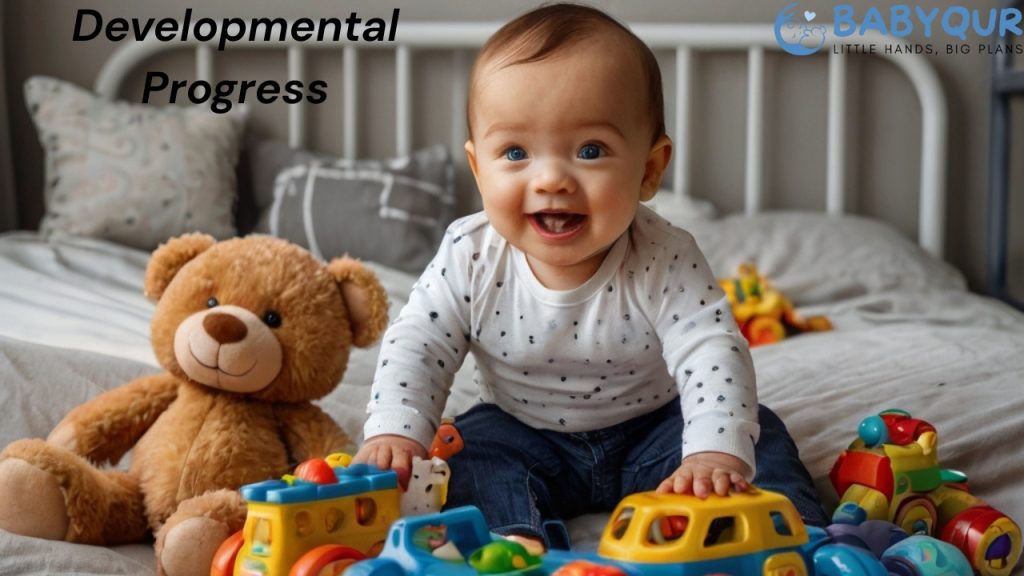
Sensory Exploration
Babies are naturally curious about the world around them. Sensory exploration is a crucial part of their development. It’s fascinating to watch them grab toys and put them in their mouths to learn more about their surroundings. This behavior is not just about taste; it’s a multi-sensory experience that helps them understand textures, shapes, and even sounds.
Why Do Babies Use Their Mouths?
Have you noticed how babies seem to prefer tasting their toys over just holding them? Their mouths are packed with sensory receptors. It’s one of the most developed parts of their body early on. By mouthing objects, babies gather information that their little hands can’t yet fully process.
The Role Of Touch In Learning
While mouthing is essential, touch is equally vital. When babies grasp toys, they feel the texture and weight. This tactile exploration helps them build hand-eye coordination. Consider offering toys with varying textures to stimulate their sense of touch. You’ll notice how they react differently to each one, sparking curiosity and interest.
Engaging All Senses
Imagine giving your baby a toy that makes a sound when shaken. Suddenly, it’s not just about touch and taste. Sound adds another layer of sensory exploration. Toys that rattle or crinkle engage their auditory senses, making playtime a full-body experience. Do you have toys that combine different sensory elements for your baby to explore?
Safety First
As babies explore with their mouths, safety becomes a priority. Ensure toys are made from non-toxic materials and meet age grading. Avoid toys with small parts that could pose choking hazards per CPSC 16 CFR Part 1501. For infants under 18 months, avoid strings, straps, or cords longer than 12 inches (Toy Association guidance). Always supervise your baby’s playtime to prevent accidents and reduce choking risks (AAP, reaffirmed 2019). Have you checked if your baby’s toys are age-appropriate and safe?
Watching your baby explore the world through sensory play can be a joyful experience. Their curiosity is limitless, and each toy offers a new adventure. What toys have you found most engaging for your baby? Share your insights in the comments below and let’s help each other discover new ways to make playtime safe and exciting!
Age Range For Grabbing
Babies grow and change at an amazing rate. One exciting milestone is when they start grabbing toys. This stage shows their growing curiosity and motor skills. Parents often ask, “When does this happen?” Understanding the age range for grabbing helps parents know what to expect. It also aids in supporting their child’s development.
Typical Age For Grabbing
Most babies begin to reach more purposefully between 4 and 6 months. At 4 months, they may hold a toy you place in their hand and bat at toys; by about 6 months, many reach to grab toys they want (CDC 4 months, updated 2025-04-08); (CDC 6 months, updated 2025-04-08).
Developing Fine Motor Skills
By 5 to 6 months, babies improve their grip. Their fingers become stronger. They can hold objects with more control. This progress leads to better hand-eye coordination.
Using Hands And Mouth Together
From 6 to 9 months, babies often put toys in their mouths. This behavior helps them explore textures and shapes. It’s a normal part of their sensory development (CDC, updated 2025-04-08).
Encouraging Safe Exploration
Choose age-appropriate toys that comply with safety standards. They should be safe for mouthing and too large to fit entirely in the CPSC small parts test cylinder (1.25 in × 2.25 in) (CPSC guidance). Avoid small parts that can be a choking hazard. Always supervise playtime to ensure safety.
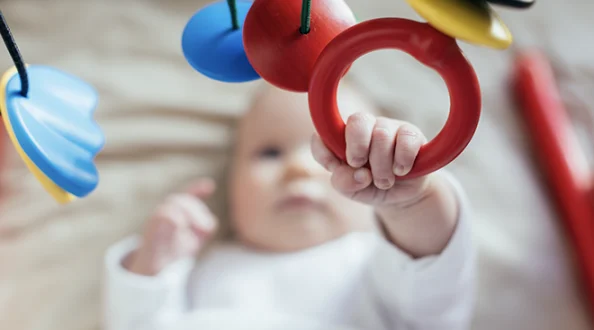
Credit: www.thebump.com
Safety Considerations
Babies start exploring the world with their mouths and hands early on. This natural curiosity is a crucial part of development. While it is exciting, parents must prioritize safety during this stage. Babies often grab toys and put them in their mouths. Ensuring their toys are age-graded and compliant with safety standards is essential (AAP/HealthyChildren.org).
Choosing Non-toxic Materials
Always select toys made from safe, non-toxic materials and compliant with U.S. standards (ASTM F963/CPSC). Check labels and manufacturer safety information.
Checking For Choking Hazards
Inspect toys for small parts that could break off. Avoid toys with detachable pieces. Ensure parts are larger than the CPSC small parts cylinder (1.25 in × 2.25 in) per CPSC 16 CFR Part 1501.
Regularly Inspecting Toys
Regularly check toys for wear and tear. Cracks or loose parts can pose risks. Replace damaged toys immediately to prevent accidents.
Ensuring Proper Size
Choose toys too large to fit entirely in the CPSC small parts test cylinder (1.25 in diameter × 2.25 in long) (16 CFR Part 1501).
Monitoring Playtime
Supervise your baby during playtime. Stay nearby to quickly address any issues. Active supervision reduces choking risks (AAP policy, reaffirmed 2019).
Avoiding Sharp Edges
Ensure toys have smooth edges and no sharp points. Sharp edges can injure your baby. Inspect toys before giving them to your child.
Being Cautious With Strings
Avoid toys with strings longer than 12 inches for children under 18 months (Toy Association guidance). Long strings can pose strangulation risks.
Encouraging Play
Babies often start grabbing toys and exploring with their mouths around four to six months. This natural curiosity helps them learn textures, shapes, and sounds. Parents should ensure toys are safe and clean, fostering a playful learning environment.
Encouraging play in babies is a delightful journey filled with discovery and joy. As your little one reaches the milestone of grabbing toys and putting them in their mouth, you’re witnessing a crucial phase of their development. This is not just about play; it’s about learning the world through touch and taste. Creating an engaging play environment can significantly impact their growth and curiosity. How can you make playtime both fun and educational?
Choose The Right Toys
Selecting the right toys is essential. Opt for toys that are safe, easy to grasp, and made of non-toxic materials. Bright colors and varied textures can stimulate your baby’s senses, making playtime an enriching experience. Soft rattles, teething rings, and plush toys are excellent choices. These can help improve hand-eye coordination and encourage exploration.
Incorporate Interactive Play
Playing with your baby isn’t just fun; it’s a bonding opportunity. Get down on the floor and interact with them as they play. Shake a rattle or roll a ball and watch their eyes light up with excitement. Your involvement can encourage them to explore further. Have you noticed how they mimic your actions? It’s a sign they’re learning from you.
Encourage Safe Exploration
Safety is key when babies start putting toys in their mouth. Ensure that toys have no small parts that can be swallowed and meet CPSC standards. Regularly check for wear and tear, and clean toys to keep them free from germs. Allow your baby to explore freely in a safe environment. Do you have a designated play area that’s both comfortable and secure?
Observe And Adapt
Every baby is unique. Watch how your baby interacts with different toys and adapt your choices accordingly. Some might love the sound of a crinkly toy, while others may prefer the softness of a plush animal. Don’t hesitate to try new things. What captures your baby’s attention today might change tomorrow, so keep a variety of toys on hand.
Celebrate Milestones
Each grab, each attempt to put a toy in their mouth, is a milestone worth celebrating. These are signs of your baby’s growing curiosity and developing motor skills. Take a moment to appreciate these small steps in their journey. Have you captured these moments in photos or a journal to cherish later? Engaging play is a wonderful way to support your baby’s development. By choosing the right toys, interacting with them, ensuring safety, adapting to their preferences, and celebrating milestones, you create a nurturing environment that fosters growth and exploration. How will you encourage your baby’s play today?
Signs Of Readiness
Babies reach a thrilling milestone when they grab toys and explore with their mouths. This phase, known as mouthing, is crucial for development. Parents often wonder about the signs indicating their baby’s readiness for this stage. Recognizing these signs helps ensure your baby is developing healthily and happily.
Grasping Skills Development
Notice how your baby starts opening and closing their hands? This is a key sign of readiness. Babies first develop the ability to grasp objects. They might reach for toys or your fingers. This is their way of exploring the world around them.
Hand-to-mouth Coordination
Babies love to put everything in their mouths. This behavior isn’t random. It’s a sign of developing hand-to-mouth coordination. Watch your baby as they successfully bring toys to their mouth. This shows their growing motor skills and curiosity.
Increased Curiosity
Babies become little explorers around this time. They show an eagerness to learn about their surroundings. This curiosity drives them to grab and mouth toys. It’s their way of discovering textures, shapes, and even tastes.
Improved Focus And Attention
Your baby might start focusing intently on objects. Especially if they’re colorful or make sounds. This increased attention span indicates readiness for exploring toys. They will examine and interact with toys more deliberately.
Teething Signs
Teething often accompanies this developmental phase. Babies might drool more or seem fussy. They find comfort in chewing on toys. This helps soothe their gums and provides relief.
Recognizing these signs can guide you in supporting your baby’s development. Offer safe, colorful toys to encourage their exploration. Your baby will enjoy learning new things about their world. And you’ll love watching them grow.

Credit: www.healthline.com
Frequently Asked Questions
When Do Babies Start Grabbing Toys?
Babies begin to hold and bat at toys around 4 months and often reach to grab toys by about 6 months (CDC 4 months); (CDC 6 months). Encouraging them with colorful toys can stimulate their interest and help with development.
Why Do Babies Put Toys In Their Mouth?
Mouthing is a normal way to explore textures and shapes and can soothe teething gums. It typically becomes prominent around 6 months (CDC, updated 2025-04-08). Always ensure toys are safe and free from small parts.
How Can I Encourage Toy Grabbing?
To encourage toy grabbing, offer toys within easy reach and practice tummy time to strengthen muscles. Choose age-graded toys that are easy to hold and meet CPSC/ASTM safety standards (AAP/HealthyChildren.org).
Are There Risks With Toy Mouthing?
Yes. Prevent choking by avoiding toys or parts small enough to fit entirely in the CPSC small parts cylinder (1.25 in × 2.25 in) per 16 CFR Part 1501. Regularly inspect toys for damage, and supervise play (AAP policy, reaffirmed 2019).
Conclusion
Babies grow and explore at their own pace. Grabbing toys and mouthing them is normal. It helps them learn about the world. Many babies show these skills between about 4 and 6 months, with more deliberate reaching by 6 months (CDC). Watching your baby discover new skills is exciting. Encourage safe exploration with age-appropriate toys.
Always supervise playtime to ensure safety. Remember, every baby is unique. Some may start earlier or later. Enjoy these precious moments. Celebrate your child’s milestones and growth. Stay patient and supportive. Embrace each new stage with joy and curiosity.

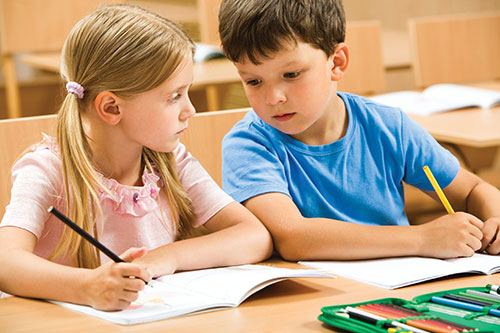
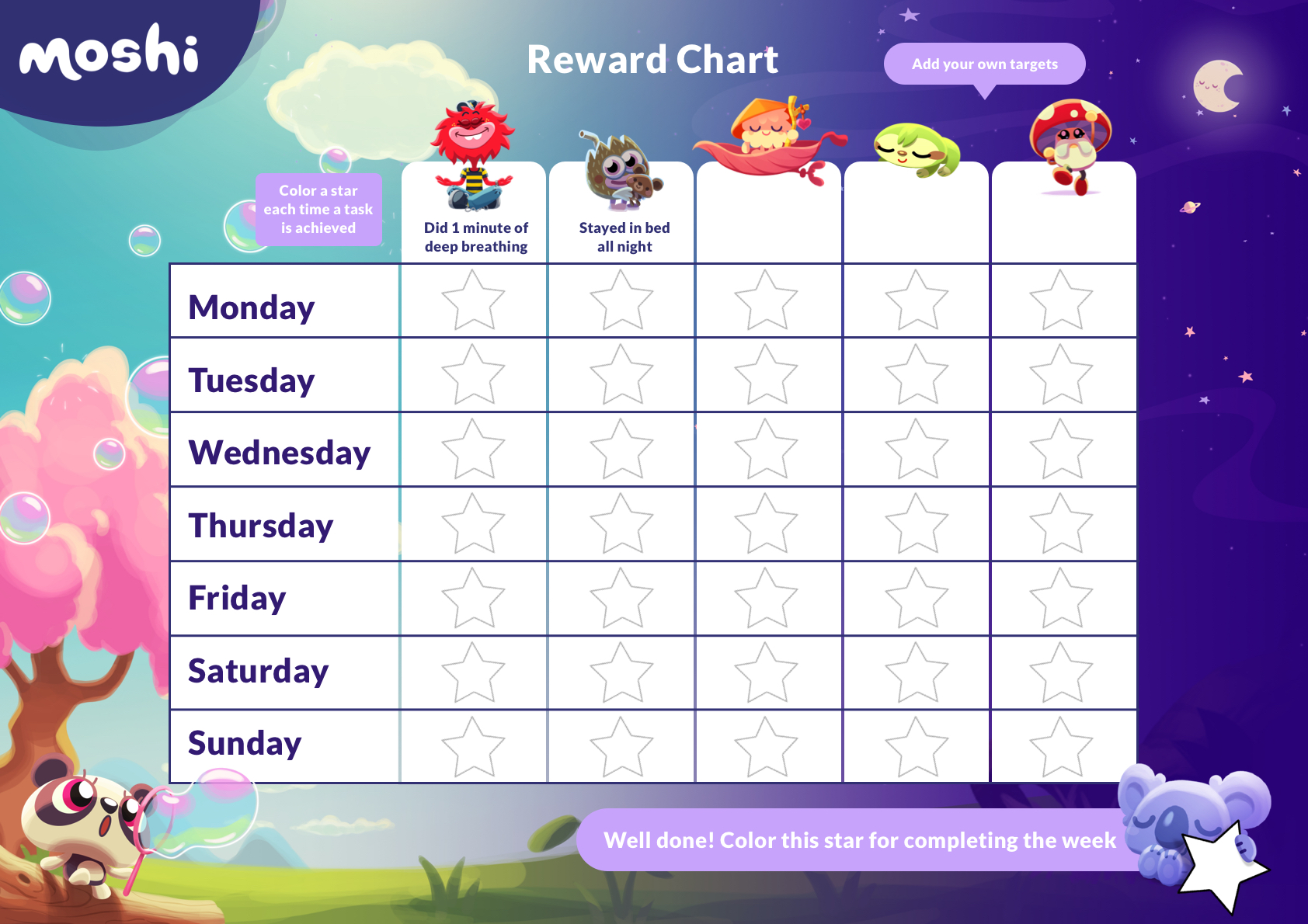
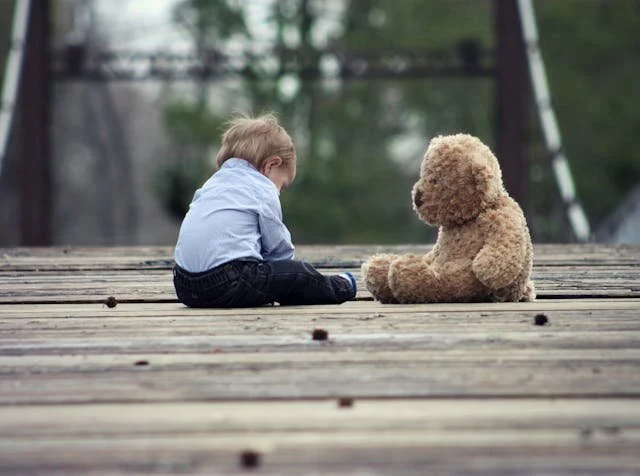
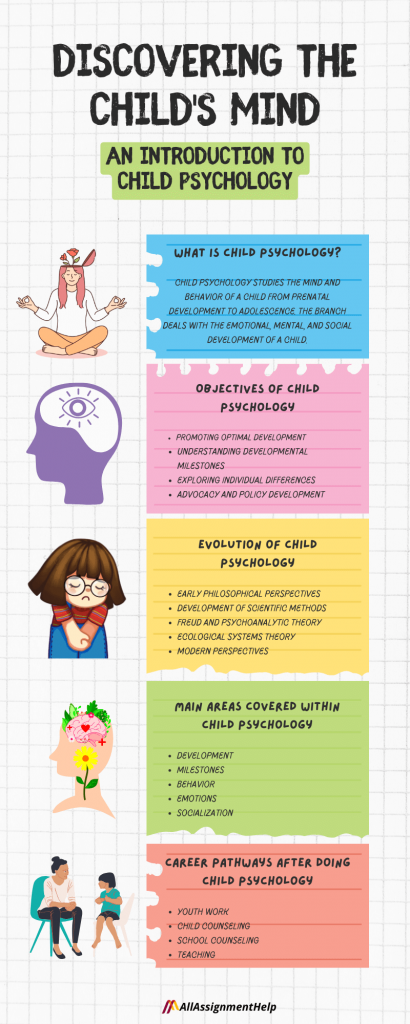
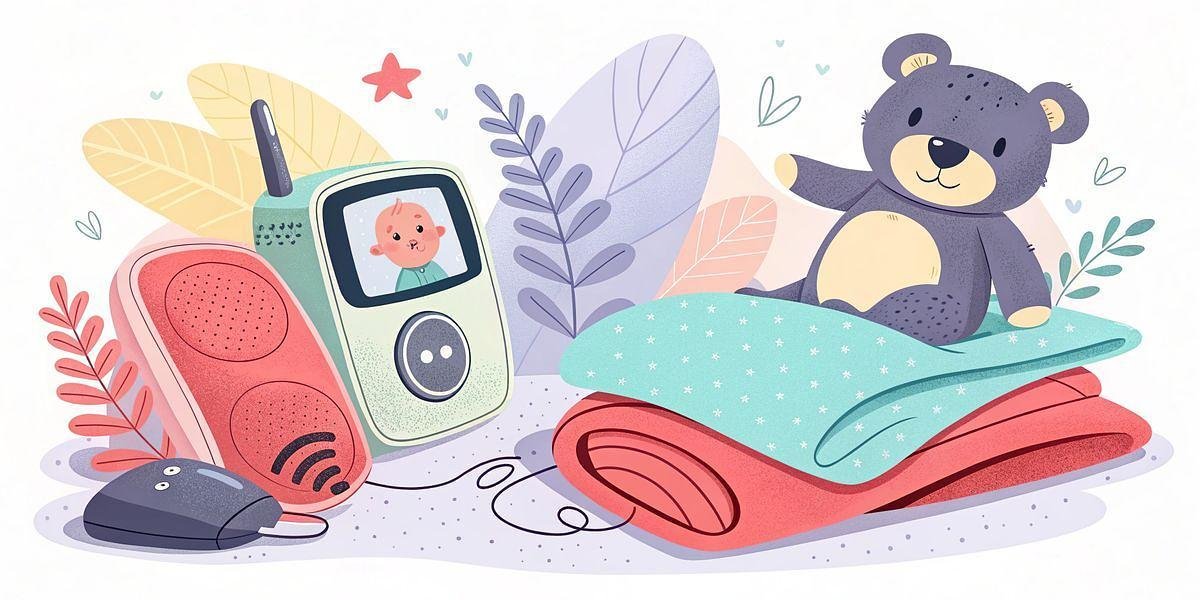
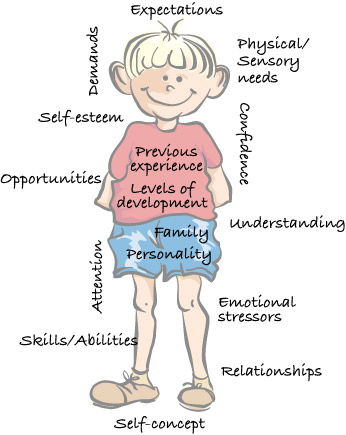

2 thoughts on “When Do Babies Grab Toys And Put in Mouth -Explained Reasons”